ACIST CVi®
インジェクションシステム
ACIST CVi®
インジェクションシステム
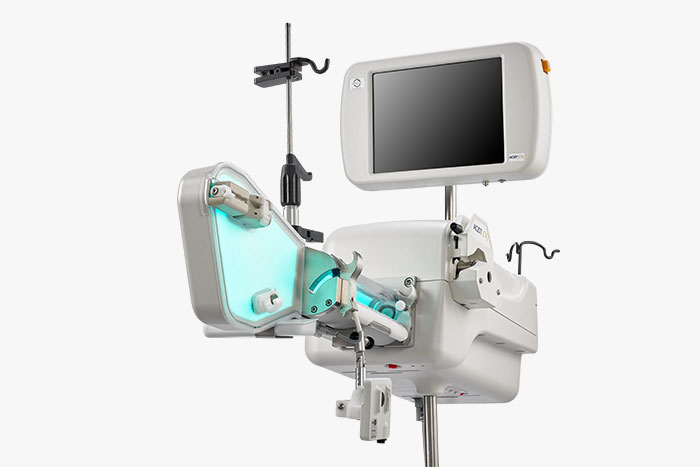
安全性と作業効率の向上
CVi increases patient and workplace safety, as well as operational efficiency.
Increasing patient safety
(CI-AKI)の発症率は最大30%低減し
ます。¹
Increasing patient safety
像を得ることができます。体内に注入
された造影剤は6Fの用手造影と比べて
約25%セーブできました。³
Increasing workplace safety
者が患者から離れた位置
で造影が可能です。スタッフの
放射線被ばくは50%以上低減されまし
た。⁵,⁶
Increasing workplace safety
は、用手インジェクションにより手に
損傷を負った経験があります。⁷
Increasing operational efficiency
り45mlの違いが生まれます。⁹
Increasing operational efficiency
りにかかる時間は平均で約5分短縮でき
ることがわかりました。¹⁰

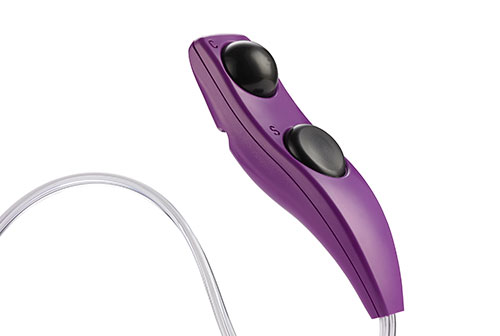

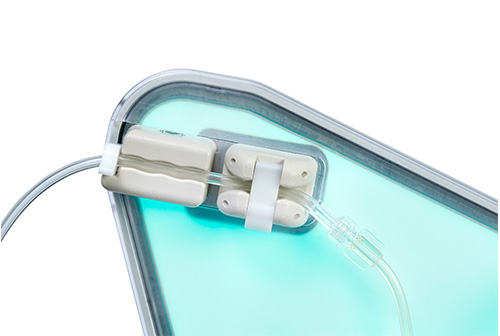
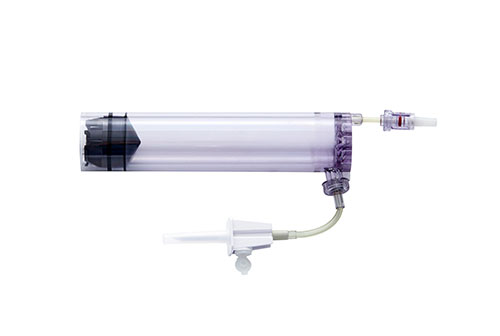
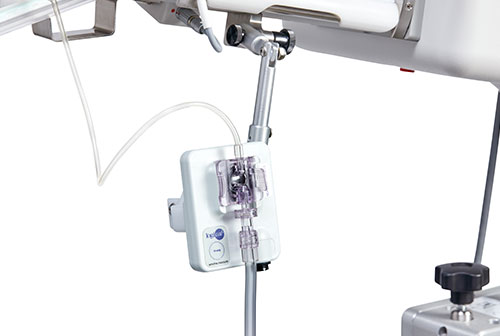
Watch the overview
See system highlights and other CVi features.
1.* The cost was reported in 2010 USD and inflated to 2018 USD using the medical care component of the CPI index.
** The air column detection sensor is designed to aid the user in the detection of air in the injecting line, but it is not designed to replace the vigilance and care required of the operator in visually inspecting for air and clearing air.
- Call J, Sacrinty M, Applegate R, et al. Automated contrast injection in contemporary practice during cardiac catheterization and PCI: effects on contrast-induced nephropathy. J Invasive Cardiol. 2006;18(10):469-474.
- Amin A, Sharpiro R, Novak E, et al. Costs of contrast induced acute kidney injury. Circulation: Cardiovascular Quality and Outcomes. 2018;6(suppl 1):A316.
- Khoukaz S, Kern M, Bitar S, et al. Coronary angiography using 4 Fr catheters with Acisted power injection. Catheterization and Cardiovascular Interventions. 2001;52:393-398.
- Polimeni A, Passafaro F, De Rosa S, et al. Clinical and procedural outcomes of 5-French versus 6-French sheaths in transradial coronary interventions. Medicine (Baltimore). 2015;94(52):e2170.
- Goldstein JA, Kern M, Wilson R. A novel automated injection system for angiography. J Interv Cardiol. 2001;14(2):147-152.
- Larsen AS, Osteras BH. Step back from the patient: reduction of radiation dose to the operator by the systematic use of an automatic power injector for contrast media in an interventional angiography suite. Acta Radiol. 2012;53(3):330-334.
- Klein LW, Tra Y, Garratt KN, et al. Occupational health hazards of interventional cardiologists in the current decade: results of the 2014 SCAI membership survey. Catheter Cardiovasc Interv. 2015;86(5):913-924.
- Holton M. Ergonomics revisited: carpal tunnel syndrome. https://www.cathlabdigest.com/articles/Erogonomics-Revisited-Carpal-Tunnel-Syndrome. Updated March 2005. Accessed: September 26, 2018.
- Minsinger KD, Kassis HM, Block CA. Meta-analysis of the effect of automated contrast injection devices versus manual injection and contrast volume on risk of contrast-induced nephropathy. Am J Cardiol. 2014;113(1):49-53.
- Lehmann C, Hotaling M. Saving time, saving money: a time and motion study with contrast management systems. J Invasive Cardiol. 2005;17(2):118-121;quiz 122.
- Data on file. TR-11392R. Based on an amplitude increase of 1.56mmHg and a significant p-value of 0.01 as compared to AT P65.
CViシステムのご使用にあたり、「取扱説明書」を必ずお読みください。
使用上の注意:
ACISTインジェクションシステムは、血管造影術のために放射線不透過性の造影剤を制御して注入するために使用することを目的としています。
禁忌:
ACISTインジェクションシステム(本システム)は、長時間の輸液ポンプとして使用することを意図していません。本システムは、造影剤以外の薬剤を注入するためのものではありません。本システムは、体腔内に物質を注入するために使用することはできません。 取扱説明書に記載されている以外の方法でシステムを使用することは不適切であり、試みないでください。ACISアンギオグラフィックキットは、血管造影手技用のカテーテルに接続するために設計、製造、テストされています。 ACISTアンギオグラフィックキットやカテーテルと併用して、他の構成を追加しないでください。 弊社が提供するACISTアンギオグラフィックキットとカテーテルの間に、バルブやその他のマニホールドを接続することはできません。 可燃性ガスのある場所では使用しないでください。
安全性についての重要情報:
本システムは、血管造影時における造影剤の注入を制御する装置として設計されています。 適切なX線撮像を行い、血圧や心電図のモニターが使用可能な状態で使用する必要があります。 さらに、心肺蘇生のための標準機器と造影剤による薬物反応を治療するための薬剤を用意する必要があります。本システムは、血管造影とこの装置の操作について特別なトレーニングを受けた医師が操作するか、又はその医師の直接の監督下でご使用ください。 システムの動作を常に監視し、患者様の安全性を確保するために、特定の操作と機械的完全性を維持する必要があります。正しく動作させるために、また機器の互換性を確保するために、ACIST Medical Systems, Inc.が本システム用に提供もしくは指定したアクセサリー及びオプションのみご使用ください。 シリンジを正常に動作させるためには、造影剤の粘度制限を守る必要があります。造影剤シリンジに充填した造影剤は、造影剤メーカーが推奨する最大時間を超えた状態で放置しないでください。 造影剤シリンジは連続5症例を超えて使用しないでください。 各手技の後、自動マニホールドとハンドコントローラキットを交換してください。 造影剤シリンジを5回以上の症例で使用したり、自動マニホールドやハンドコントローラキットを再使用すると、交差汚染、感染の危険性、又は装置の誤動作(空気の侵入、漏れ、性能の低下など)が生じる可能性があります。 空気塞栓症は、患者様に重篤な健康被害が発生する原因となります。 空気塞栓症を起こさないようにするには、規定された手技に加えてオペレーターの注意と配慮が不可欠です。 注入を行う前に、患者様用キット全体と血管造影カテーテルからすべての空気を抜いてください。チューブの外側が乾いていることを確認してから、エアーセンサーに挿入してください。 チューブの外面に液体が付着していると、エアーセンサーが空気を検知できない場合があります 高流量注入は、患者様に危険を与える場合や死に至る可能性があります。注入する造影剤の流量の設定には細心の注意を払ってください。高流量での注入が必要な時は、選択したカテーテルの耐圧を超えないように設定してください。


